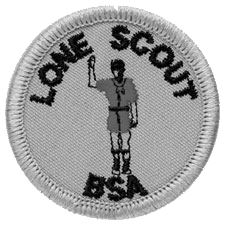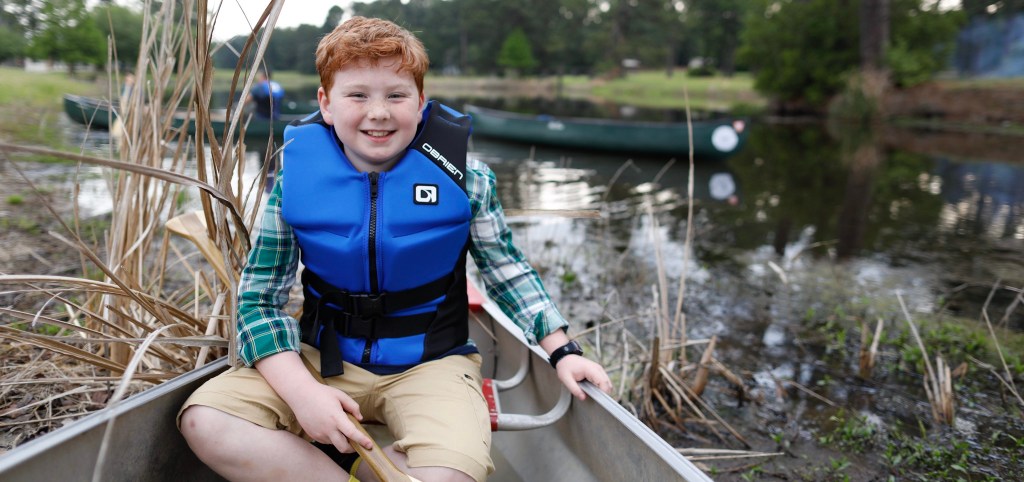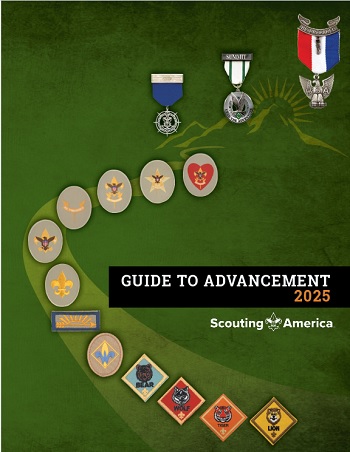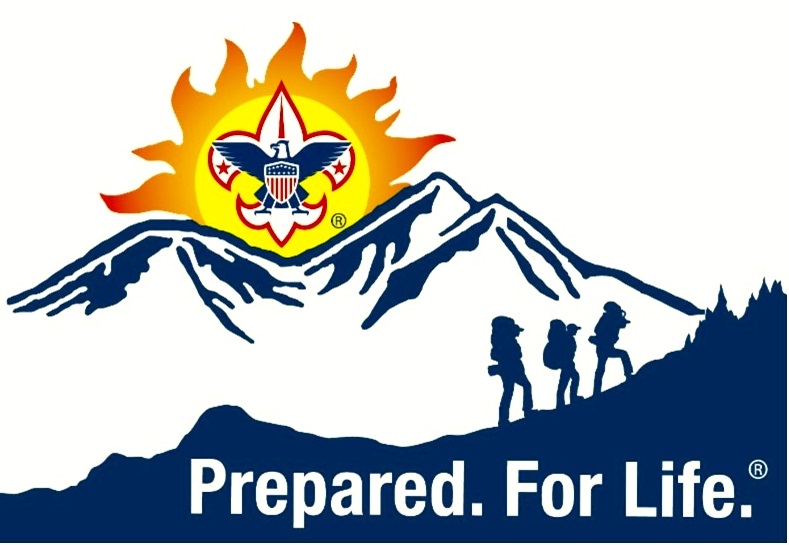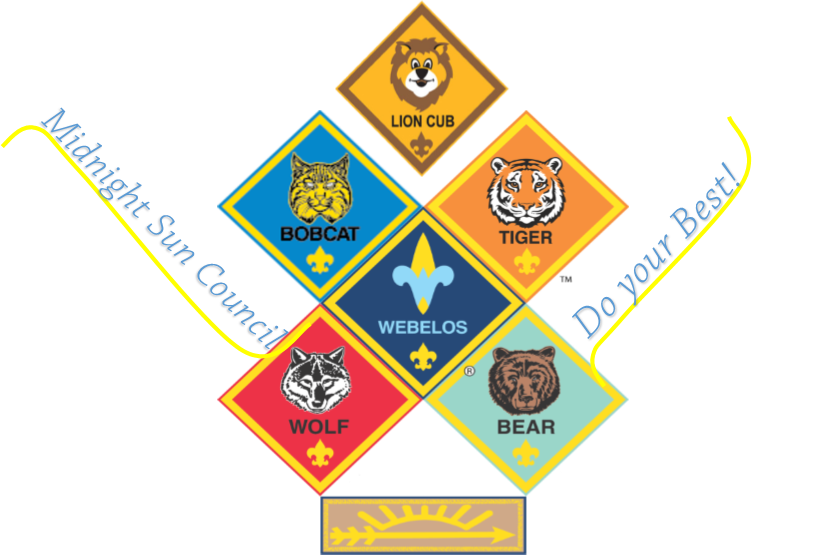Cannon Prohibition Announcement
Effective September 21, 2021, there is no longer an exception for the use of cannons at council camp ceremonies. The use of cannons is prohibited at all Scouting activities. The Guide to Safe Scouting Prohibited Activities listing has been updated to reflect this change. A revised version of the BSA Shooting Sports Manual will be released in January 2022, reflecting this updated BSA policy. Questions? Email shooting.sports@scouting.org.
|
The update to the Guide to Safe Scouting is now available in PDF here and online here. The Fall 2021 updates include:
Aquatic Policy
– Update to the Scuba Policy.
– Prohibiting the use of Full-Face Snorkels.
– Lifejacket language to reflect performance levels.
BSA’S Commitment to Safety
– Update to the BSA’S Commitment of Safety.
Camping Policy
– Update in Format/Delivery.
– Age-Appropriate Guidelines for camping integrated into Age-Appropriate for Scouting.
Immunization Policy
– Update to the current Vaccination Policy. (Effective 6/1/2022)
The Safe Checklist
– Transition from the Sweet 16 Of BSA Safety to SAFE Scouting.
Transportation Policy
– Update in Format/Delivery.
Prohibited Activity List
– Council cannon use exception has been eliminated.
New Sections Incorporated in GTSS
– Wilderness First Aid
– Hazard Trees
Frequently Asked Questions
AHMR FAQ: https://www.scouting.org/health-and-safety/ahmr/medical-formfaqs/
Prohibited Activities FAQ: https://www.scouting.org/health-and-safety/prohibited-activities-faqs/
|
Safety is a value in Scouting! Safety as a core value treats safety as the most important item.
Thank you for being part of delivering this value to our Scouts and Scouters.
Resource Links:
|
SAFETY MOMENTS ARCHIVE
Firearm Safety in the BSA: Best Practices and Reminders
All Boy Scouts of America (BSA) programs are guided by the BSA’s commitment to safety. In Scouting, we will not compromise the safety of our youth, volunteers, and employees. The purpose of BSA shooting sports programs is to teach firearm safety while introducing youth to a variety of programs. The BSA’s programs are developed and implemented through age-appropriate training and experiences. The Boy Scouts of America adheres to its longstanding policy of teaching its youth and adult members the safe, responsible, and intelligent handling, care, and use of firearms, archery, and hand-held throwing sports in planned, carefully managed, and supervised programs for each youth who chooses to participate.
As with many of our programs, we partner with third-party experts for program development and implementation, establishing industry standard safety measures and financial support. The National Shooting Sports Foundation, National Rifle Association, USA Archery, and others have long provided support in instructor training and credentialing, range engineering, safety standards, safety equipment and financial support of BSA-designed and -approved shooting programs.
The Boy Scouts of America continually reviews and improves all the programs that Scouts and Scouters participate in, including our shooting sports programs.
How does the BSA focus on firearm safety?
• Program participants are taught how to be safe around firearms. This includes conversations such as “What happens when you see a gun? Never touch the gun, leave it where it is, and tell an adult right away.” The BSA is committed to teaching youth how to always be safe around firearms, whether at home, in their neighborhoods, or around the community. (Note the use of the word “gun” in this example conversation is to ensure Scouts understand the lesson of the conversation versus using our preferred term “firearm.”)
• Program participants are taught and review the fundamental rules of firearm safety every time they participate in BSA shooting sports programs. All BSA shooting sports programs teach and model this behavior through safety briefings and program instruction.
• Prior to beginning any shooting sport experience, each participant is instructed how to handle a firearm safely and responsibly, reinforcing the rules of firearm safety.
• All shooting sports are facilitated by trained range supervisors and operate under strict participant-to-instructor ratios.
• BSA shooting sports programs collaborate with and utilize industry best practices in program materials, range design, program instruction, and program facilitation.
As we continue to implement these programs in the BSA, please be mindful that:
• All BSA shooting sports programs must align with the policies set forth in the Guide to Safe Scouting and the BSA Shooting Sports Manual. This includes but is not limited to the use of trained staff and range supervision for each type of shooting activity.
• Photos, videos, social media posts, websites, and other digital documentation of shooting sports programs must reflect BSA policies. For example, taking “selfies” with firearms is not appropriate since such action would not align with the BSA’s stance on safe firearm handling.
• As appropriate, language and verbiage used to describe BSA shooting sports programs should align with the BSA’s commitment to safety. This includes use of the term firearm versus gun, use of the term participant versus shooter where feasible, etc.
• All camping operations must adhere to BSA National Camp Accreditation Program (NCAP) Standards for firearm programs. NCAP’s national assessment teams will continue to engage in thorough reviews of all firearms programs for long-term camp operations. All local council led NCAP assessments must also include a thorough review at their day camp and short-term camp assessments.
Winter Sport Safety!
Beyond camping, a number of cold-weather activities present challenges to Scouts and leaders, such as alpine or cross-country skiing, ice skating, sledding, ice fishing, and snowshoeing. Essential ingredients for fun include skill training and an awareness of the hazards unique to these activities….
Read more
Pies Are for Eating, Not Throwing!Do your unit leaders know that throwing things at people or striking people in Scouting is prohibited? For more on prohibited activities that include striking or throwing objects at each other, see #14 and/or #15.
Instead of throwing pies at leaders as a reward for achieving a goal (like popcorn sales) we recommend eating the pies instead. Hitting someone should never be a reward for achievement in Scouting. Also consider the lesson being taught about wasting or throwing food, not behavior we want to reinforce in Scouting. If you know someone has plans to conduct this
activity as a leader or parent, you have a responsibility to stop it.
What are some awesome and fun things leaders can do to reward Scouts for achieving a sales goal?
1. We opened this note with one suggestion. Use a pie (one you that you eat, not throw) as a recognition. Perhaps leaders can break up the goal into eight and track it by using a pie chart.
2. Customize the recognition. At the start of the sale, leaders can ask each Scout, with their parent, to write down what reward they would like. Leaders will want to set a budget limit on this.
3. Hold a special event for those who make the goal. A local sporting activity, trip to the
zoo, or perhaps a movie night.
4. Special unit t-shirt or iron-on for t-shirt. Make a special unit t-shirt that is presented to each Scout who reaches their goal, or perhaps someone can craft a special iron-on that can be placed on an existing t-shirt.
5. Coordinate with the school for a special lunch. Lunch with the Cubmaster or Scoutmaster
is a great example of how we want to reward achievement, something special.
6. Questions? Email
Health.Safety@scouting.org.
Energy Drinks – The consumption of energy drinks by children may lead to serious medical consequences. The American Academy of Pediatrics has stated that “stimulant-containing energy drinks have no place in the diet of children and adolescents.” Read more
Hiking is a great way to spend your time in the outdoors. It’s also a good way to get your heart pumping for some exercise or to test your limits. Some hikes are just a few hundred feet while others are many miles, but all can pose potential hazards if not carefully considered. Read more and/or Download PDF
Hammock Camping – https://www.scouting.org/health-and-safety/safety-moments/hammock-camping/
Safety Moment – A Fatal Fall – Nolan Henderson’s Story: https://www.scouting.org/health-and-safety/safety-moments/fatal-fall-nolans-story/
Safety Moment – Dangers of Leaving Scouts Unsupervised, Sand Dunes, and Digging in Sand Dunes – Gage Wilson’s Story: https://www.scouting.org/health-and-safety/safety-moments/dangers-of-leaving-scouts-unsupervised-sanddunes-and-digging-in-sand-dunes-gages-story/







